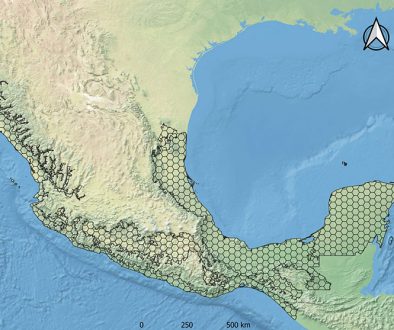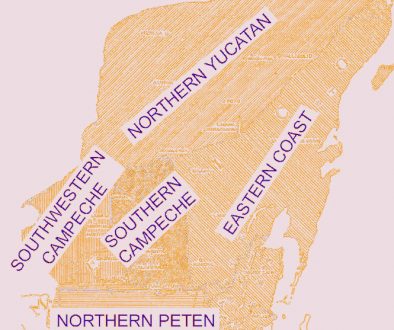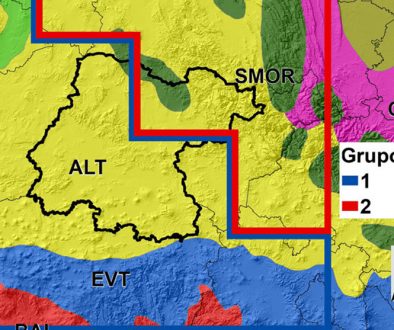Biodiversity, distribution, and conservation status of Pinaceae in Puebla, Mexico
Pinaceae is the most species rich conifer family in Mexico. Here we describe the diversity and geographic distribution of the family in the state of Puebla based on revision of herbarium specimens and field exploration. 572 georeferenced records for 15 species and 1 variety were mapped. These were included in potential distribution models to predict the most species-rich regions in the state and quantify the known species distributions in 10× 10(latitudinal × longitudinal) cells. The conservation status of each taxon was evaluated by calculating its area of occupation and conservation category within the state. A species–accumulation curve agreed with the number of taxa employed, suggesting that the family is relatively well sampled. The resulting potential distribution models indicated that the regions of highest predicted diversity in the state correspond well to the actual diversity estimates, although in some sites more species were predicted than were recorded. The Sierra Madre Oriental and the Trans-Mexican Volcanic Belt were the biogeographic regions with the greatest known and potential richness. Finally, the regional evaluation of conservation status provides relevant information for local conservationists and authorities, given that 12 of the 16 taxa were determined to be at risk.
© 2017 Universidad Nacional Autónoma de México, Instituto de Biología. Este es un artículo Open Access bajo la licencia CC BY-NC-ND
(http://creativecommons.org/licenses/by-nc-nd/4.0/).



